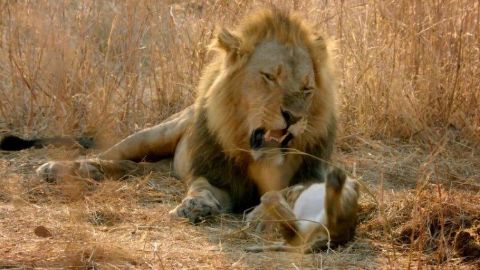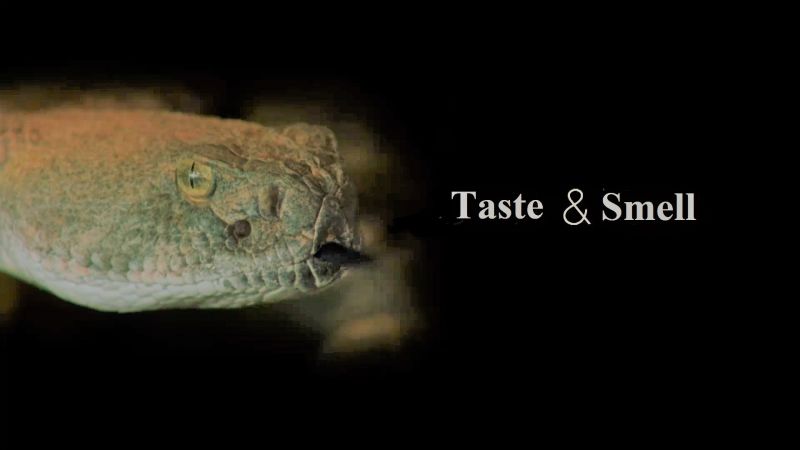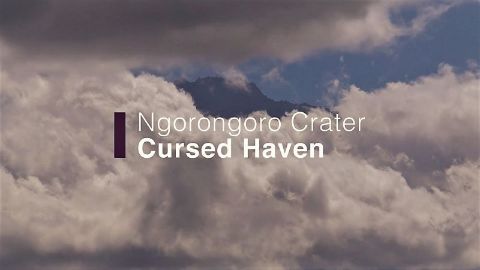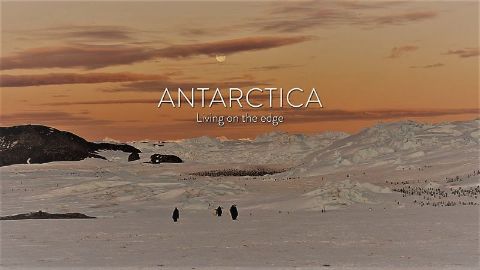Wonders of the Great Barrier Reef • 2018
On the other side of the world under the crystal clear blue waters of the Pacific Ocean lies one of the most enchanting places on the planet. Over ten thousand miles away on the north eastern coast of Australia lies the Great Barrier Reef, one of the natural wonders of our world. It provides shelter to some hidden wildlife sanctuaries that contain some magical marine creatures. Iolo Williams dives deep beneath the surface of the coral sea to discover what state this natural wonder is in. He travels from the extreme swells of the northern part of the reef right down to the cooler pristine corals of the south. He discovers how healthy the Great Barrier Reef really is in some of its key locations to see and find out if there are real signs of hope the reef can survive the threat of global warming.
Make a donation
Buy a brother a hot coffee? Or a cold beer?
Hope you're finding these documentaries fascinating and eye-opening. It's just me, working hard behind the scenes to bring you this enriching content.
Running and maintaining a website like this takes time and resources. That's why I'm reaching out to you. If you appreciate what I do and would like to support my efforts, would you consider "buying me a coffee"?
Donation addresses
BTC: bc1q8ldskxh4x9qnddhcrgcun8rtvddeldm2a07r2v
ETH: 0x5CCAAA1afc5c5D814129d99277dDb5A979672116
With your donation through , you can show your appreciation and help me keep this project going. Every contribution, no matter how small, makes a significant impact. It goes directly towards covering server costs.





